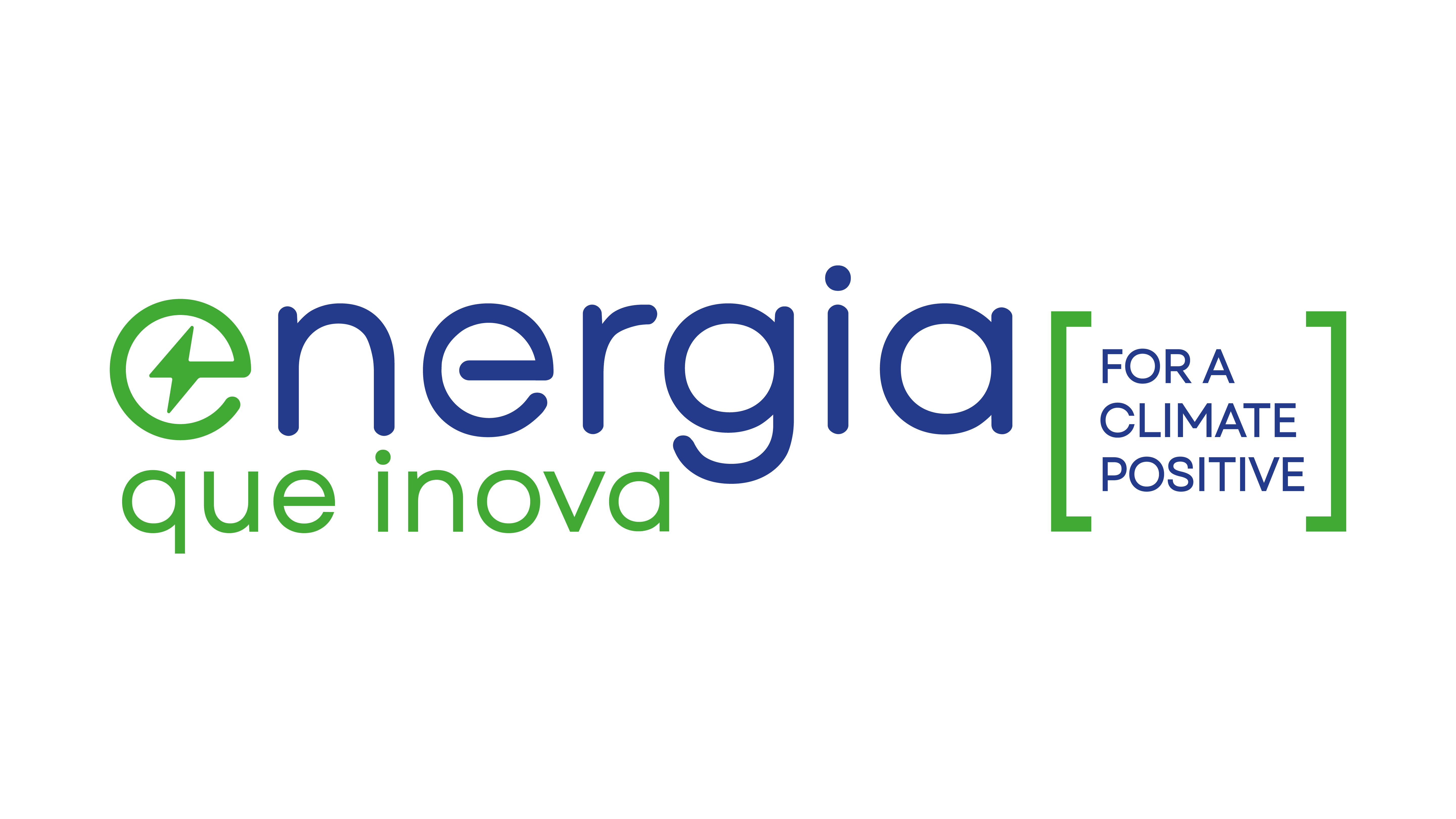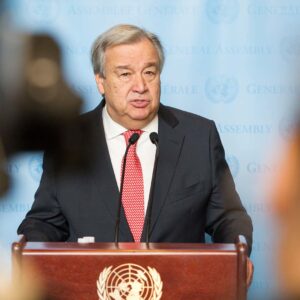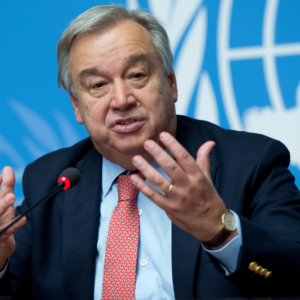A survey carried out by the CCEE (Electric Energy Commercialization Chamber) revealed that in the last 10 years Brazil has achieved remarkable growth in renewable energy, with the addition of more than 50,000 MW of power to the country's electrical grid. This value is equivalent to more than three plants the size of Itaipu, one of the largest in the world.
“Using more and more of the potential in renewable energy has enabled Brazil to open up new markets, such as low-carbon hydrogen”, said Talita Porto, board member and vice-president of CCEE. The country is strategically positioned in relation to the global energy transition, taking advantage of the growth of renewable sources that have become more competitive and sustainable.
According to CCEE, the capacity added to the system by wind farms has grown more than seven times in the last 10 years, establishing itself as the second main source of energy in Brazil. On the other hand, photovoltaic solar farms already total around 300 projects spread throughout the national territory, representing almost 9 thousand MW of installed capacity.
This significant increase in renewable sources has contributed to complement the supply of energy in the National Interconnected System (SIN) and to preserve the level of water reservoirs, especially in periods of water scarcity.
At the regional level, the study highlighted the most significant expansion of the wind sector in Bahia, which received 275 new projects in the last 10 years, leading the ranking of states with the largest number of plants. Regarding photovoltaic technology, Minas Gerais stood out with 74 local systems, maintaining its leadership position in this sector.
According to the most recent data, the participation of the thermal source in the energy mix remained stable at around 14.4%, representing an installed capacity of 27,541 MW. This source plays an important role in guaranteeing energy supply, especially in periods of high demand or when there are restrictions on hydraulic generation.
Hydroelectric plants have also seen notable changes, with the addition of almost 300 new plants in recent years, especially Small Hydroelectric Power Plants (PCHs) and smaller Hydraulic Generating Centers (CGHs). However, these hydraulic projects are still concentrated in states such as Minas Gerais, São Paulo, Santa Catarina and Rio Grande do Sul. In turn, biomass plants, which use sugarcane bagasse as raw material, are located mainly in São Paulo, Mato Grosso and Mato Grosso do Sul, where the sugarcane industry has a greater presence.
The hydraulic source still holds the largest share, representing 60.7% of installed capacity, totaling 116,332 MW. However, it is important to highlight that this source has been showing a reduction in its share over time. This can be attributed to several factors, such as the growth of other renewable energy sources and the greater awareness of the importance of environmental preservation in relation to the construction of large hydroelectric plants.
The expressive growth of renewable energy in Brazil reflects the country's commitment to sustainability and the search for a cleaner and more diversified energy matrix. With the leadership of Bahia and Minas Gerais in wind farms and solar farms, respectively, Brazil consolidates itself as a protagonist in the renewable energy sector. This expansion brings benefits not only to the environment, but also to the economy, generating new business and job opportunities.
The advancement of renewable energy has contributed to the reduction of greenhouse gas emissions, strengthening Brazil's commitment to the goals established in the Paris Agreement. The transition to a cleaner and more sustainable energy matrix is essential to fight climate change and ensure a safer and healthier future for generations to come.
Faced with this promising scenario, Brazil continues to invest in research, development and technological innovation to further improve renewable energy sources and expand its participation in the global market. The expectation is that in the coming years the country will continue to lead the energy transition, further expanding the capacity to generate clean energy and driving sustainable economic growth.
The growth trajectory of renewable energy in Brazil is an inspiring example for other nations, showing that it is possible to reconcile economic development with environmental preservation. Collaboration between governments, the private sector and civil society is critical to driving this transition and building a greener, more resilient future.
The growth of renewable energy in Brazil, equivalent to more than 3 plants the size of Itaipu, is a significant milestone that reflects the country's efforts towards a more sustainable energy matrix. With the leadership of Bahia and Minas Gerais in the implementation of wind farms and solar farms, Brazil consolidates itself as a player important in the global scenario of renewable energies, driving the energy transition and contributing to a cleaner and more sustainable future.













